Giovanni Battista Tiepolo
Gemälde
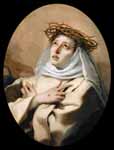
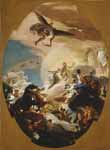
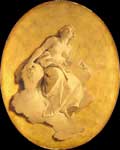
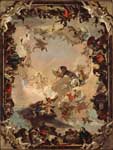
Allegory of the Planets and Continents
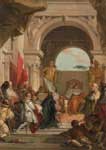
The Investiture of Bishop Harold as Duke of Franconia
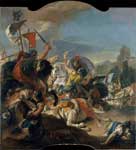
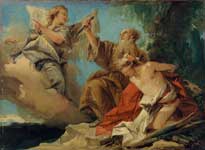
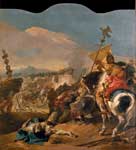
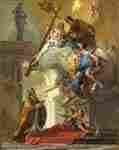
Vision of St. Clement (A Vision of the Trinity)

An Allegory with Venus and Time


Rinaldo turning in Shame from the Magic Shield


Seated Man, Woman with Jar, and Boy
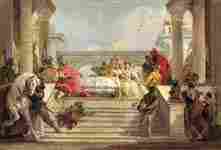

The Virgin and Child appearing to a Group of Saints


Two Orientals seated under a Tree
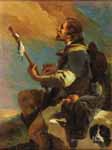
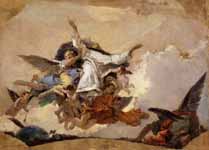
Sketch for The Glory of Saint Dominic
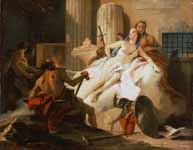
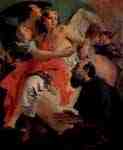
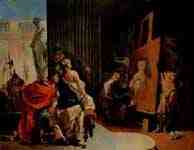
Alexander der Große und Campaspe bei Apelles
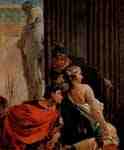
Alexander der Große und Campaspe bei Apelles, Detail
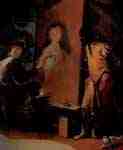
Alexander der Große und Campaspe bei Apelles, Detail

Anbetung der Heiligen Drei Könige
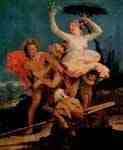

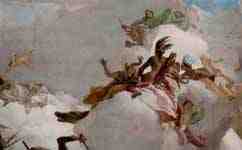
Apotheose der Familie Pisani, Detail
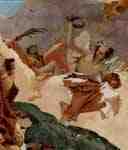
Apotheose der Familie Pisani, Detail
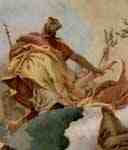
Apotheose der Familie Pisani, Detail
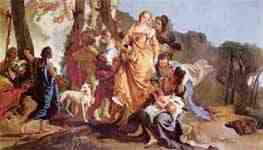
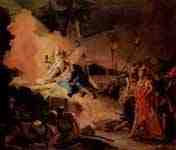
Christus am Ölberg und der Engel
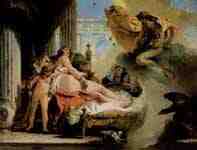
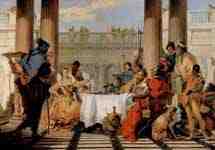
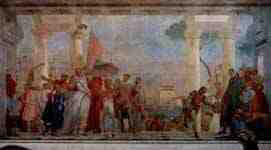

Der Papst Klemens I. betet zur Hl. Trinität
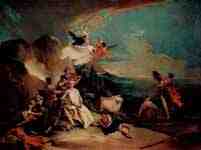
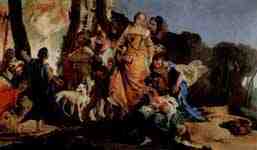
Die Aussetzung des kleinen Moses
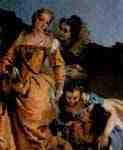
Die Aussetzung des kleinen Moses, Detail
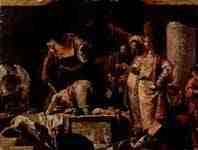
Die Enthauptung Johannes des Täufers
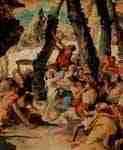
Die Ernte des göttlichen Segens

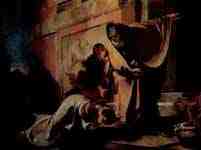
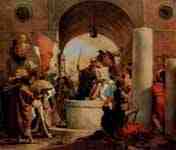

Erscheinung der Madonna vor dem Hl. Philippus Neri


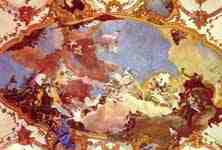
Würzburg: Friedrich Barbarossa und Beatrix von Burgund
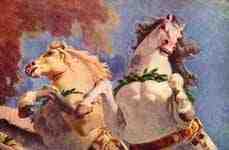
Würzburg: Die Sonnenpferde Apollos
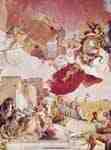
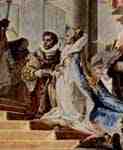
Würzburg: Fresken im Kaisersaal, Detail
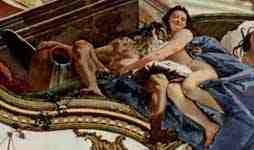
Würzburg: Fresken im Kaisersaal, Detail
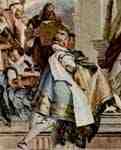
Würzburg: Fresken im Kaisersaal, Detail
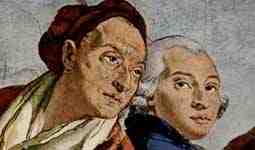
Würzburg: Fresken im Treppenhaus, Detail
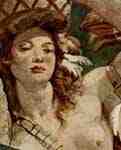
Würzburg: Fresken im Treppenhaus, Detail
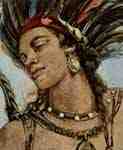
Würzburg: Fresken im Treppenhaus, Detail
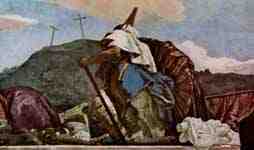
Würzburg: Fresken im Treppenhaus, Detail
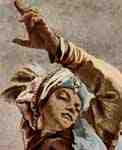
Würzburg: Fresken im Treppenhaus, Detail
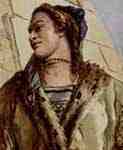
Würzburg: Fresken im Treppenhaus, Detail
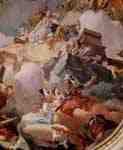
Apotheose der spanischen Königsfamilie
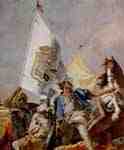
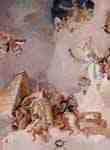
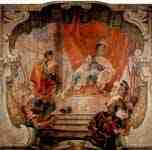
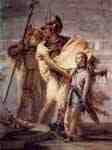
Villa Vallmarana: Aenaeas präsentiert Dido, Detail
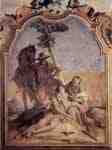
Villa Vallmarana: Angelica, in Begleitung eines Hirten
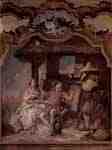
Villa Vallmarana: Angelica und Medorus
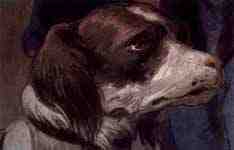
Villa Vallmarana: Griechische Flotte in Aulius, Detail

Villa Vallmarana: Griechische Flotte in Aulius, Detail
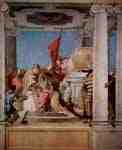
Villa Vallmarana: Die Opferung der Iphigenie
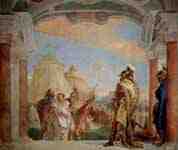
Villa Vallmarana: Agamenon und Briseiis
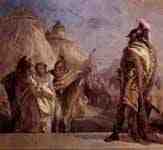
Villa Vallmarana: Agamenon und Briseiis, Detail
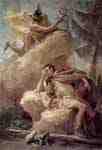
Villa Vallmarana: Merkur erscheint Aenaeas
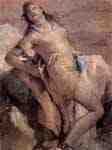
Villa Vallmarana: Minerva und Achilleus
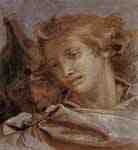
Villa Vallmarana: Rinaldo und Ubaldo
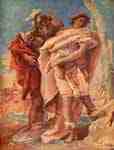
Villa Vallmarana: Rinaldo und die alten Krieger, Detail
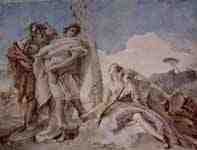
Villa Vallmarana: Rinaldo verläßt Armida
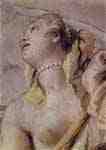
Villa Vallmarana: Rinaldo verläßt Armida, Detail
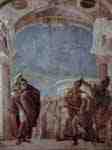
Villa Vallmarana: Ruggero befreit Angelica, Detail
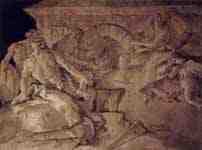
Villa Vallmarana: Venus bittet Vulcanus um eine Rüstung
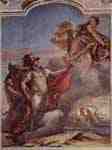
Villa Vallmarana: Venus verläßt Aeneas und Acatus
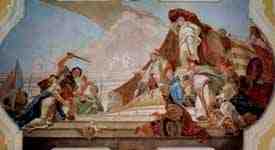
Bischofspalast in Undine: Salomos Urteil
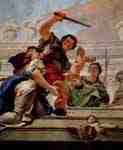
Bischofspalast in Undine: Salomos Urteil, Detail
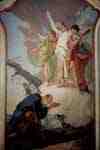
Bischofspalast in Undine: Abraham und die Engel
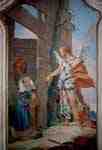
Bischofspalast in Undine: Sarah und der Engel
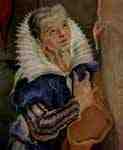
Bischofspalast in Undine: Sarah und der Engel, Detail
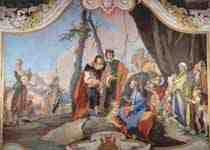
Bischofspalast in Undine: Rahel verbirgt die Idole
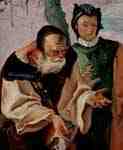
Bischofspalast in Undine: Rahel verbirgt die Idole, Detail
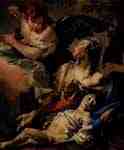
Hagar und Ismael, Pendant zu »Abraham und die Engel«

Hannibal betrachtet den Kopf des Hasdrubal

Hl. Thekla befreit Este von der Pest
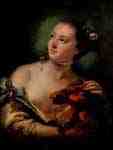
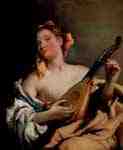
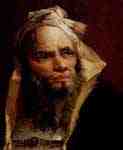
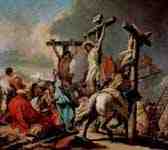
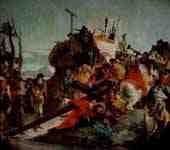
Kreuzweg Christi, Aufstieg zum Kalvarienberg
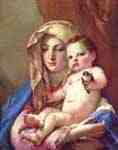

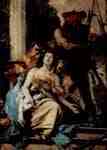
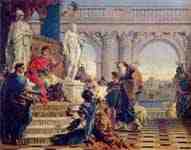
Mäzenas stellt Augustus die Künste vor
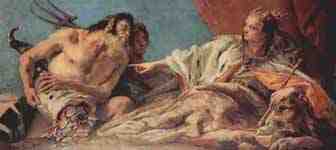
Neptun bietet der Stadt Venedig Opfergaben
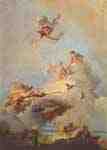
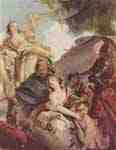
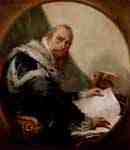
Porträt des Antonio Riccobono, Fragment

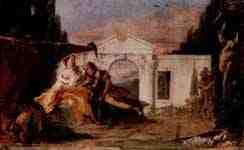
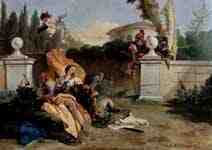
Rinaldo und Armida werden überrascht
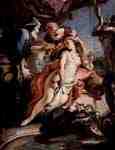
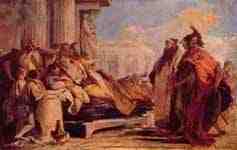

Treffen von Marc Antonius und Kleopatra
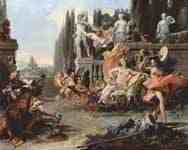
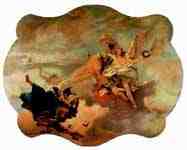
Triumphzug der Fortitudo und der Sapienzia
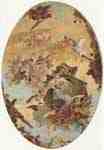
Überführung des Heiligen Hauses
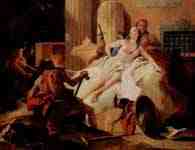
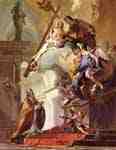
Zeichnungen
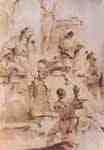
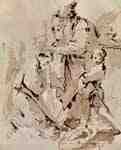
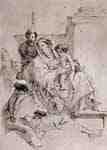
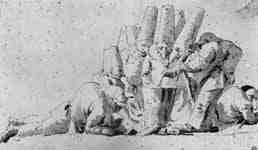
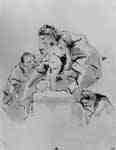

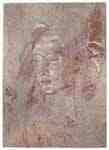
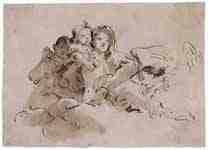
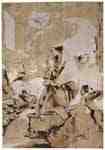
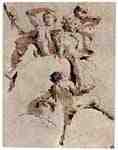
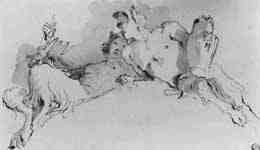
Giovanni Battista Tiepolo (auch Giambattista Tiepolo; * 5. März 1696 in Venedig; † 27. März 1770 in Madrid) war einer der bedeutendsten venezianischen Maler des ausklingenden Barock und des Rokoko. Sein Werk umfasst Darstellungen von Heldenepen, Historien, Opernszenen, Götterfesten und auch Altäre, bei denen er eine Vielzahl dieser Gemälde mit Putten und Amoretten bereicherte.
Leben
Giovanni Battista Tiepolo wurde am 5. März 1696 in Venedig als jüngstes von sechs Kindern seiner Mutter Orsetta und seines Vaters Domenico, der ein kleines Schiff sein Eigen nannte, geboren. Am 16. April des gleichen Jahres wurde er getauft. Tiepolo wurde bei einem Bruder seiner Mutter in die Malerlehre geschickt, orientierte sich jedoch stärker an dem vierzehn Jahre älteren Giovanni Battista Piazzetta.[1] Sein Lehrer war Gregorio Lazzarini.[2] 17-jährig wurde er in das Zunftverzeichnis der Maler eingetragen.[3] Im Alter von 18 Jahren machte sich Giovanni Battista Tiepolo selbstständig, mit 21 wurde er Meister. Er feierte schnell Erfolge, die ihn zu einem begehrten und berühmten Maler machten. Zu seinen Auftraggebern in Venedig gehörte auch der Bischof von Udine, Daniele Dolfin, der Tiepolo mit dem Ausmalen einiger Räume des Bischofspalastes und weiteren Arbeiten beauftragte.
1745 bis 1750 war Tiepolo mit Arbeiten im Palazzo Labia in Venedig beschäftigt. Im Anschluss ging er mit seinen zwei Söhnen nach Würzburg. Damit war Giovanni Battista Tiepolo neben Tizian der bedeutendste italienische Maler, der nach Deutschland reiste und dort arbeitete.[4] Die Arbeiten in der Würzburger Residenz gelten als Hauptwerk Tiepolos.[1] Daneben arbeitete Tiepolo in Franken noch die „Anbetung der Könige“ für die barocke Klosterkirche Münsterschwarzach aus. Nach der Rückkehr nach Italien arbeitete Tiepolo zusammen mit seinem Sohn Giovanni Domenico Tiepolo an der Villa Valmarana ai Nani in Vicenza.
Das Ende seines Lebens erlebte Tiepolo in Madrid. Er geriet künstlerisch immer weiter ins Abseits, weil sich der Klassizismus des Hofmalers Anton Raphael Mengs immer mehr durchsetzte. So wurden sieben Altarbilder für eine Kirche in Aranjuez nicht mehr aufgestellt.[1] Zu schwach für eine Rückkehr nach Italien verstarb Giovanni Battista Tiepolo am 27. März 1770 in Madrid.
Er war der erste Präsident der Accademia di belle arti di Venezia.[5] 2003 wurde der Asteroid (43775) Tiepolo nach ihm benannt.[6]
Werk
Vision des heiligen Clemens
Tod des Hyacinth
Das Gesamtwerk Tiepolos lässt sich in fünf Schaffensphasen unterteilen. Die erste umfasst die Jahre 1715 bis 1730 und damit die Frühphase des Schaffens in Venedig und Udine. Es folgte die erste Reifezeit von 1730 bis 1749, in die Großaufträge aus Bergamo, Mailand und anderen Städten fielen. Die dritte Phase der klassischen Blüte, in die Tiepolos Reise nach Würzburg und die Arbeiten am Palazzo Labia in Venedig und der Villa Valmarana ai Nani bei Vicenza fallen und die die Jahre 1741 bis 1757 umfasst. In die Zeit von 1757 bis 1762 fielen die letzten fünf venezianischen Jahre des Malers und von 1762 bis 1770 folgte die fünfte Phase der Alterswerke in Madrid.[1]
Die Arbeiten in der Würzburger Residenz gelten als das Hauptwerk Giovanni Battista Tiepolos. Im Treppenhaus zeigen die Fresken die vier Erdteile. Im Kaisersaal zeigen die Bilder die Hochzeit von Friedrich Barbarossa und Beatrix von Burgund, sowie die Belehnung des Fürstbischofs mit den Rechten eines Reichsfürsten. Insgesamt bilden die Würzburger Fresken ein erdumspannendes Staatsgemälde.[7]
Werke (Auswahl)
Anbetung der Könige (Alte Pinakothek, München)
Apoll und Daphne (Louvre, Paris)
Christus am Ölberg (Nationalgalerie, Athen)
Apotheose der Familie Barbaro (Metropolitan Museum, New York)
Apotheose des Admirals Pisani (Palazzo Pisani, Venedig)
Das Wunder des Heiligen Hauses von Loreto (Accademia, Venedig)
Deckenfresko im Treppenhaus der Würzburger Residenz
Der hl. Jakobus d. Ä. (Szépművészeti Múzeum, Budapest)
Der Kampf von Vercellae (Metropolitan Museum, New York)
Der Lauf des Sonnenwagens (Palazzo Clerici, Mailand)
Der Triumph des Aurelian (Galleria Sabauda, Turin)
Der Triumph des Marius (Metropolitan Museum, New York)
Die Ansprache der Zenobia vor den Soldaten (National Gallery of Art, Washington)
Die Apostel Thomas und Johannes (Chiesa del Ospedaletto, Venedig)
Eliezer und Rebecca (Nationalgalerie, Athen)
Die Marter des hl. Sebastian, 1739, zweiter rechter Seitenaltar, Marienmünster Dießen
Deckengemälde Scuola Grande dei Carmini, Venedig
Literatur
Roberto Calasso: Das Rosa Tiepolos, aus dem Italienischen übersetzt von Reimar Klein, Carl Hanser Verlag, München 2010, ISBN 978-3-446-23576-2.
Chantal Eschenfelder: Tiepolo. Giovanni Battista Tiepolo, 1696 - 1770. Könemann, 2001, ISBN 3-8290-0698-5.
Beverly Louise Brown, Terisio Pignatti, Oreste Ferrari, Teresa Longyear: Giambattista Tiepolo: Master of the Oil Sketch. Abbeville Press, 1994, ISBN 1-55859-284-9.
Keith Christiansen: Giambattista Tiepolo: 1696-1770. Harry N. Abrams, 1997, ISBN 0-8109-6505-4.
Svetlana Alpers, Michael Baxandall: Tiepolo and the Pictorial Intelligence. Yale University Press, 1994, ISBN 0-300-05978-7.
George Knox: Tiepolo: A Bicentenary Exhibition 1770-1970 Exhibition Catalogues from the Fog Art Museum: A Bicentenary Exhibition, 1770-1970. Garland Publishing, New York 1978, ISBN 0-8240-1954-7.
Antonio Morassi: G. B. Tiepolo, Phaidon-Verlag, Köln 1955.
Maria Elisa Avagnina: Tiepolo. Die vicentinischen Villen. Electa, Mailand 1990, ISBN 88-435-3104-2.
Institut für Kunstgeschichte der Universität Würzburg (Hrsg.): exemplum virtutis: Zwei Historiengemälde des Giambattista Tiepolo. Sandstein Verlag, Dresden 2011, ISBN 978-3-942422-45-1.
Weblinks
Literatur von und über Giovanni Battista Tiepolo im Katalog der Deutschen Nationalbibliothek
Udine, Tiepolo's city (englisch)
W.G.Sebald und Tiepolo
Einzelnachweise
Wolfgang Braunfels: Dumont Geschichte der Kunst Italiens. DuMont Literatur und Kunstverlag, Köln 2005, ISBN 3-8321-7439-7, S. 489.
Das Werk Tiepolos (Memento vom 23. August 2013 im Internet Archive)
WDR5 Zeitzeichen vom 5. März 2011
Wolfgang Braunfels: Dumont Geschichte der Kunst Italiens. DuMont Literatur und Kunstverlag, Köln 2005, ISBN 3-8321-7439-7, S. 490.
Geschichte der Accademia di belle arti di Venezia (Memento vom 29. Januar 2009 im Internet Archive) (accademiavenezia.it, italienisch) abgerufen am 18. Juli 2013
Minor Planet Circ. 47303
Wolfgang Braunfels: Dumont Geschichte der Kunst Italiens. DuMont Literatur und Kunstverlag, Köln 2005, ISBN 3-8321-7439-7, S. 492.
----
Fine Art Prints | Grußkarten | Handyhüllen | Lebensstil | Herren , Damen Bekleidung | Wohnkultur | Puzzles | Notizbücher | Wandteppiche | ...
----
Künstler
A - B - C - D - E - F - G - H - I - J - K - L - M -
N - O - P - Q - R - S - T - U - V - W - X - Y - Z
Von Wikipedia, Der Text ist unter der Lizenz „Creative Commons Attribution/Share Alike“ verfügbar; zusätzliche Bedingungen können anwendbar sein. Einzelheiten sind in den Nutzungsbedingungen beschrieben


